What is Phytochrome Photostationary State (PSS)?
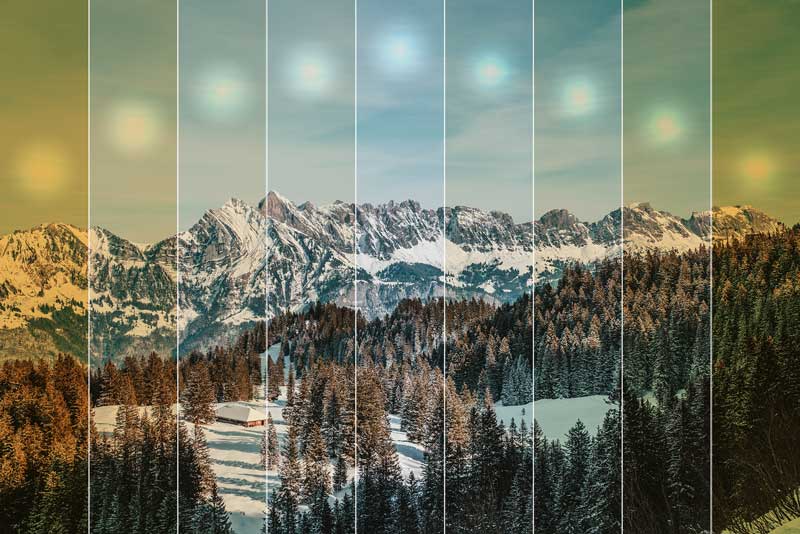
Introduction | Phytochrome Photostationary State
Plants undergo complex transformations throughout their lifecycle, from seedling to sprout and eventually to a flowering plant.
These processes are intricately regulated by environmental factors such as light. At the core of this regulation is the Phytochrome Photostationary State (PSS), a critical metric that helps plants respond to the balance of red and far-red light.
Understanding PSS is not just an academic exercise—it holds practical significance for modern agriculture. With the advent of advanced grow lights and precision measurement tools, farmers can now harness PSS to optimize plant growth indoors, simulating seasonal conditions to regulate flowering and production cycles.
This innovation opens up opportunities for consistent and efficient agricultural yields, even in controlled environments.
What is PSS (Phytochrome Photostationary State)?
What is PSS(Phytochrome Photostationary State)? Plants go from seedling to sprout, to flowering plant during certain months – but how do they know when to transform?
For many plants, this seasonal transformation is encouraged by the position and the duration of the Sun as it traverses the sky. We will look at a light metric called PSS to see how we can use Grow Lights to trigger the same change in indoor plants.
This has many practical ramifications for plant factories as they can simulate the seasons and regulate production throughout the year. For instance, you can time the growth of your roses to go from seedling to sprout to flower, just in time for valentine’s day.

How does a plant know when to sprout?
“How does the position and the duration of the sun trigger photomorphogenesis (i.e. the change in form caused by light)?
There is a photoreceptor (protein) in seeds (and plants) called a phytochrome that absorbs red light – its original state or isoform is called Pr (the “r” standing for red light). When this phytochrome absorbs a red light photon, it changes its physical state from Pr to Pfr (“fr” means far red). When the Pfr absorbs a far red photon it changes back to Pr.
Sunlight contains both red light and far red light, but during the day, sunlight contains more red light than far red light. It means that more Pr is transformed to Pfr than vice versa. At night, however, the Pfr phytochromes will naturally degrade back to Pr. In effect, during the day, Pfr concentration rises. During the night, Pr concentration rises.
It is an interplay of rising and falling Pr and Pfr phytochromes. The ratio between these two will change because the days are longer in the summer. And the concentration of Pfr to Pr will eventually reach a threshold that triggers photomorphogenesis, the transformation from seed to sprout.
In the winter months, where the sun is lower on the horizon and the days are shorter, it’s the opposite. During the day, Pr phytochromes are still changing to Pfr phytochromes, and Pfr to Pr. However, more Pfr phytochromes are being degraded back to Pr because of longer nights. The lower concentration of Pfr to Pr prevents photomorphogenesis.
The ratio of red light to far-red light in sunlight plays a critical role in triggering photomorphogenesis, which is driven by the interaction between Pr and Pfr phytochromes. This process is essential for plant development, and the Phytochrome Photostationary State (PSS) serves as a measurable metric to understand and control these changes in plants.
How can you get a plant to sprout with a Grow Light?
If you can control the ratio of red light to far red light, you can control the ratio of Pr to Pfr and subsequently regulate photomorphogenesis in seeds and in flowering of plants.
Phytochrome PSS or Phytochrome Photostationary State is simply the ratio of Pr phytochromes to the aggregate Pr + Pfr phychromes.
Of course you cannot directly count the Pfr and Pr phytochromes in a seedling to determine this ratio. However you can measure how a light source will influence this ratio, because red light correlates with Pr and far red light correlates with Pfr. As you can see, the PSS calculation for light has the same structure as the PSS calculated for phytochromes.
See Phytochrome and PSS by Ian Ashdown “All things Lighting” 20190215
A higher PSS will favor inhibition of photomorphogenesis.
A lower PSS will favor photomorphogenesis
LED lights and PSS
LED lights have revolutionized indoor agriculture, as their spectral power distribution (SPD) can be precisely tuned for specific wavelengths required for photosynthesis. This precision allows plant growers to simulate natural light conditions and optimize plant growth cycles more efficiently than ever before.
For plant growers, understanding the Phytochrome Photostationary State (PSS) allows for more targeted control of plant growth and flowering. By carefully adjusting the balance of red and far-red light, growers can influence key processes like photomorphogenesis and flowering schedules, making PSS an invaluable metric in modern plant cultivation.
However, achieving the optimal PSS for plant growth requires precise measurements, which is why tools like the PG200N spectrometer are essential. These instruments help ensure that the light spectrum is accurately tailored to the specific needs of plants, improving both efficiency and outcomes in indoor agriculture.
Flowering plants and PSS
Plants follow the same basic mechanisms for flowering at certain times of the year. However different plants will flower at different seasons. Some plants flower when the days are longer (summer) – we call them “long day plants”. Others can flower when the days are shorter (sprint/winter) – they are called “short day plants”. As you might have guessed the PSS ratio threshold to trigger flowering is opposite between long day and short day plants.
Related Posts:
Controlling the Seasons
If farmers can accurately implement PSS strategies and control seasonal plant activities, it has important ramifications for the indoor agriculture industry. With the advent of new LED technologies and cost-effective spectrometers, the opportunities are more promising than ever.
Hot Product
Handbook Series
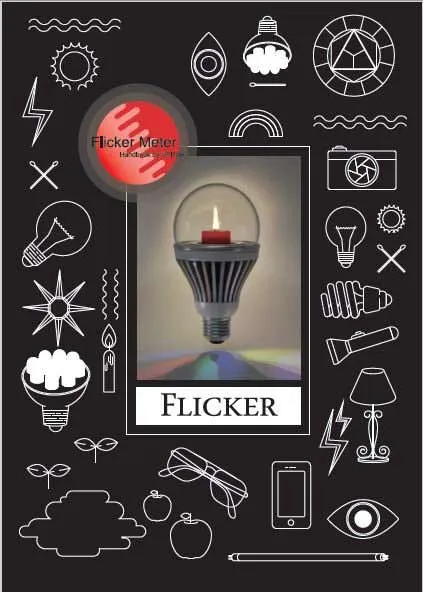
The Flicker Handbook
Everything thing you need to know about Flicker, an insidious, potentially serious lighting artifact impacting visual safety for public places like hospitals, offices, libraries, and more...
About UPRtek

United Power Research and Technology
UPRtek (est. 2010) is a manufacturer of portable, high-precision light measurement instruments; Handheld Spectrometers, PAR meters, Spectroradiometers, Light Calibration Solutions.
UPRtek HQ, R&D and manufacturing are all based out of Taiwan, with Worldwide representation through our certified Global Resellers.
Latest Articles
Category

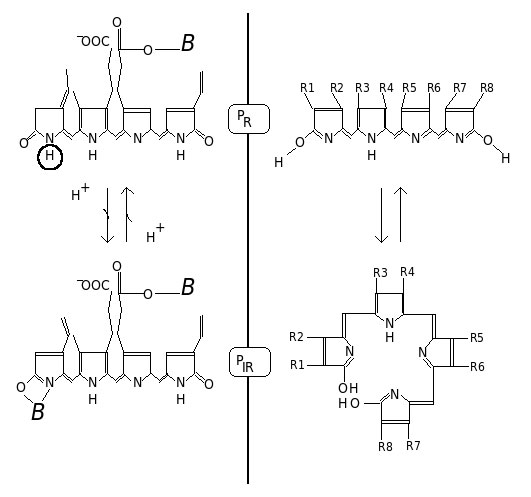



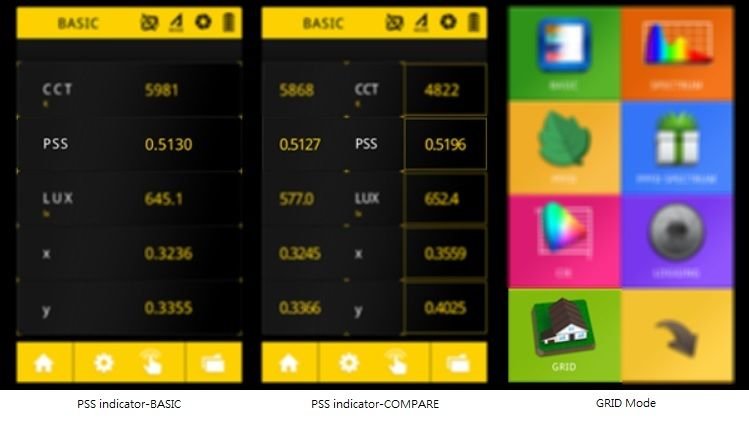









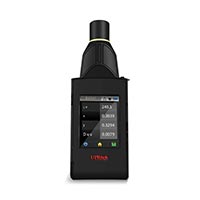

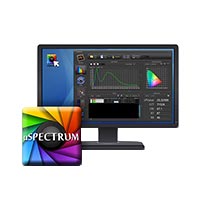

0 Comments